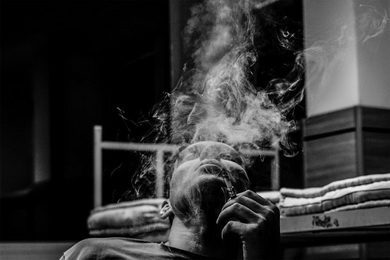 Author: Đorđe Vasiljević (Social Inclusion Blog)
Author: Đorđe Vasiljević (Social Inclusion Blog)
(…) As much as the people of everyday Serbia think that by staying on this side of the wall they are above those who violate social and legal standards, the truth is that the parallel Serbia is merely a slightly more roughly distorted reflection of the former. Depending on the places where its closed communities are located, we encounter various forms of division or oppression.
At Zabela, the dominant “our people” often push around members of the Vlach national minority. At Mitrovica, Hungarians are cast as the resident Vlachs, and at Niš, Pazarians draw the short straw at least once a year. When it comes to smaller-scale institutions, they keep up with the trend at the larger ones—albeit with some deviating from the norm—and to make matters even worse, both the majority and the victimized minorities here have another caste below them—the Roma people.
Now, the Roma are many in the parallel Serbia’s institutions for various reasons: from the excess of poor living conditions to the lack of elementary education, which under no circumstances means that they are less worthy as human beings. In spite of disagreement from my friends from the ranks of “our people,” I’ve often spent time with minorities and asked in our conversations why don’t they join forces with the Roma—that would make the ratio situation fifty-fifty and no one would have the majority, rendering the mandate to rule over others impossible. To my surprise, the answer was devastating. In general—proud exceptions notwithstanding—they all find relief in knowing that there is someone who’s getting it worse than them.
In fact, the system should facilitate an education of those who are guarded, as well as those who guard them. Perhaps, just like with construction permits, the paperwork filled out by formerly prison counsellors and presently prison advisors should be reduced, so that they can dedicate more time to working with people in their groups. Maybe it would be good to hire as many members of national minorities as possible as prison guards, especially from among the Roma people, so as this to become something usual and common. Because what is common is also acceptable. Perhaps there should be contracts to re-commission facilities where prisoners would produce something useful and have a responsibility to actually work in real life, and not only in legislation. That would occupy them during most of the day, which would be a good thing, because idle hands are the devil’s playground, and also the competitive spirit would make them do as best as they can in anything they make, because craftsmen get everyone’s respect, regardless of their nationality. And finally, above all this, the most important thing is the willingness of all those who operate in this system to have conversations on daily basis by creating mixed groups of prisoners with whom work would be done.
I know, this would be a lengthy process, if not at least an expensive one. At the same time, I know that someday all of this would become a new “old” tradition, and probably only then in this parallel Serbia would we be able to talk openly and without fear about the rights of the smallest minority that suffers for the most part.
The minorities from the LGBT population…
The text in its entirety can be found on the Social Inclusion Blog.
***
The photograph was originally published in Living Behind Bars, a book produced by the Treatment Service of the County Jail in Belgrade, as part of the ongoing activities for the rehabilitation of inmates through art. You can view the extended digital edition of the book in full on the website of its author, photographer Igor Čoko: igorcoko.net
 Government of the Republic of Serbia
Government of the Republic of Serbia




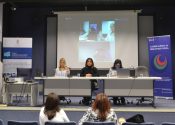


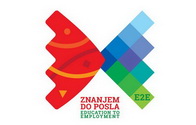



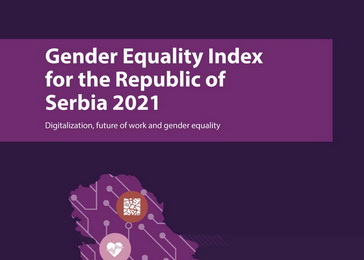
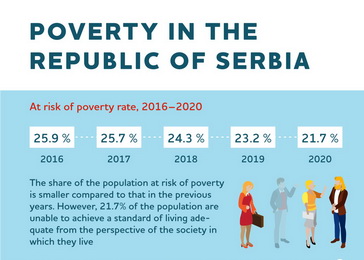


 pdf [271 KB]
pdf [271 KB]
Leave a Comment